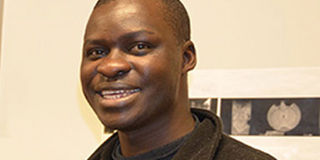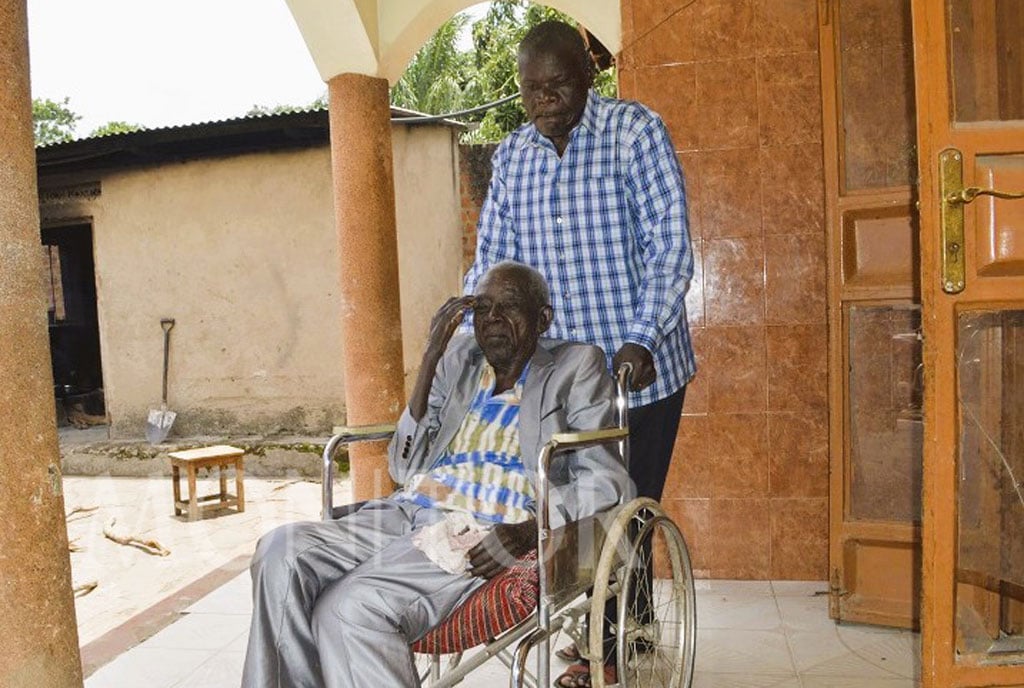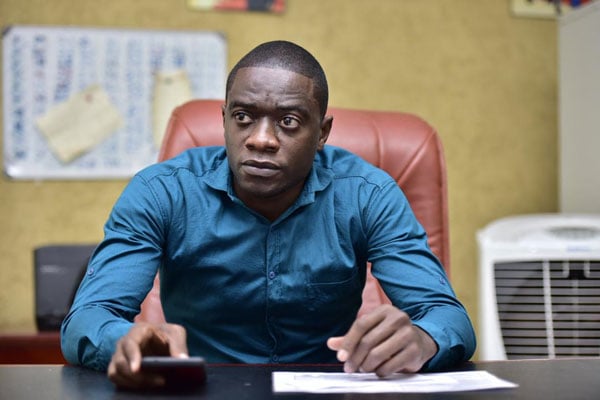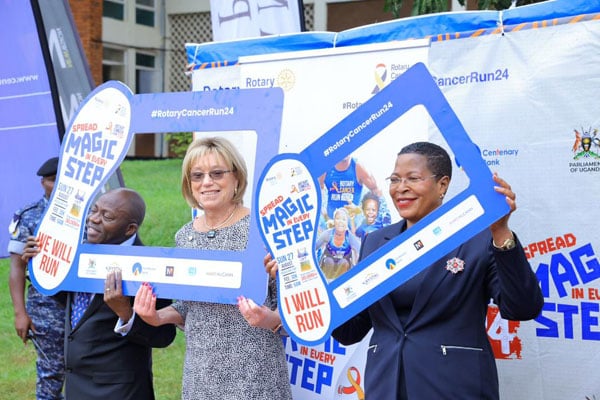Lecturer develops low cost brain imaging system

Johnes Obungoloch develops low cost brain imaging system. Courtesy Photo
What you need to know:
- Johnes Obungoloch has always wondered why a patient has to “stake a leg and an arm” to access an MRI procedure. This prompted him to go into research to develop a low cost MRI system with the view of bringing the cost down and developing a system that is adaptive to the Ugandan environment.
- Johnes Obungoloch was born in current Kaberamaido District in February 1981 to the late Zedekiah Enyimu, a Sub-county chief.
To have a brain scan through Field Magnetic Resonance Imaging (MRI) in Uganda is a big money procedure that requires a patient to put aside more than Shs700,000.
It is a procedure that is available in four private hospitals.
Johnes Obungoloch, a lecturer in the department of biomedical engineering at Mbarara University of Science and Technology saw this as an opportunity to start a low cost ultra-low MRI system for brain imaging.
MRI, according to Obungoloch scans the brain using strong magnetic fields and radio waves to produce detailed images of the inside of the body.
Obungoloch, who is a biomedical engineer came up with the idea after failing to understand why brain imaging was a costly procedure in Uganda.
While working at Mbarara Regional Hospital, he noticed the overwhelming need for the service and therefore started on a process to develop a system that would make treatment of hydrocephalus and imaging brain tumors easy.
Through collaboration with Penn State University in the US where he is studying a PhD in biomedical engineering, he set out to learn how MRI works; he started creating a team of people with knowledge of MRI and software.
“I embarked on finding necessary requirements in addition to the already existing software that we had purchased,” he explains.
In December they completed setting up the system and hope to start operations in two years’ time.
A modern MRI system costs about $3m [about 10.8b] but Obungoloch was able to learn how to build a system that costs less than $18,000 (Shs65m).
In his findings, an original MRI system is costly because it uses stronger magnetic field, is very heavy [weighs about five tonnes] and has enormous technical and infrastructural requirements.
According to Obungoloch, public hospitals have not invested in MRI equipment because of the large cost involved. “We expect to bring this cost [Shs700,000] down by more than 90 per,” he says, adding that they will be using the system mostly for imaging and treatment of hydrocephalus for the moment.
Unlike the sophisticated MRI system, Obungoloch says, his is relatively cheap because it is composed of ordinary copper wire and weighs just 125 kilogrammes. The machine also does not require the use of high or strong magnetic field.
“Modern machines require a magnetic field of about 1.5 Tesla (T) but the one I have developed requires only five miliTesla (mT),” he says, explaining that Tesla is a standard unit of measuring magnetic field.
The developed MRI equipment will be installed at Mbarara University of Science and Technology as a training and technical site before setting it up for public use at Cure Children’s Hospital of Uganda in Mbale to image children with neuro cases.
“It will take two years because we are going to try it on animals first before we use it on people,” he says.
Obungoloch says most hospitals in Africa, Cure hospital inclusive, are currently using Computed Tomography (CT) for imaging, which is risky if done repeatedly.
CT scan, also referred to as computerised axial tomography is an imaging procedure that uses special x-ray equipment to create detailed scans inside the body but has the potential to cause cancer due to the usage of radioactive rays.
At the first Uganda National Biomedical Engineering Conference organised by National Biomedical Engineering Association in Kampala last month, a number of biomedics practitioners and stake holders noted that Uganda needs to develop its own MRI system to reduce the cost of importing and hiring expatriates to treat patients as well as operate the machines.
In Uganda, for instance, biomedical engineering is one of the least popular subjects, which according to a member of the secretariat of African Biomedical Engineering Consortium, Robert Ssekitoleko, explains the insufficient supply of biomedical engineers in Uganda.
Anthony Mbonye, the acting director of Health Services at the Health ministry says that although the actual number of biomedical engineers is not known in Uganda, they are few.
Biomedical engineering, according to Ssekitoleko, who is also a biomedical engineering lecturer at Makerere University, seeks to bridge the gap between engineering and medicine by dealing with repair and maintenance of all hospital machines and equipment.
He attributes costly treatment to expensive equipment, especially in private hospitals since most of them are not readily available in public hospitals.
“That is why we are training students to make equipment and also maintain or repair them so as to bring down costs involved,” he says.
Charles Ibingira, the principal of Makerere University College of Health Sciences, says most equipment currently available is not suitable for Uganda which is why they have trained engineers to ensure that hospitals acquire standard and well-maintained equipment.
Obungoloch is certain that when his MRI starts functioning, it will be affordable and cost effective during maintenance.
About Obungoloch
Johnes Obungoloch was born in current Kaberamaido District in February 1981 to the late Zedekiah Enyimu, a Sub-county chief.
He attended Nakatunya Primary School in Kaberamaido District before joining Midland High School for O-Level in 1997.
He sat his A-Level at Uganda Martyrs, Namugongo in 2000 before joining Makerere University to study electrical engineering from 2001 to 2005.
He then moved to Keele University in the UK for a Master’s degree in biomedical engineering.
Currently, he is on a sabbatical to complete his PhD at Pennsylvania State University in the US.
Obungoloch also participated in initiating a biomedical engineering programme at Kyambogo University between 2011 and 2103.
For six years, he worked as a biomedical engineer at Mbarara Regional Referral Hospital and was involved in innovation of medical equipment technologies for developing world through the Consortium for Affordable Medical Technologies as an innovator and mentor.




